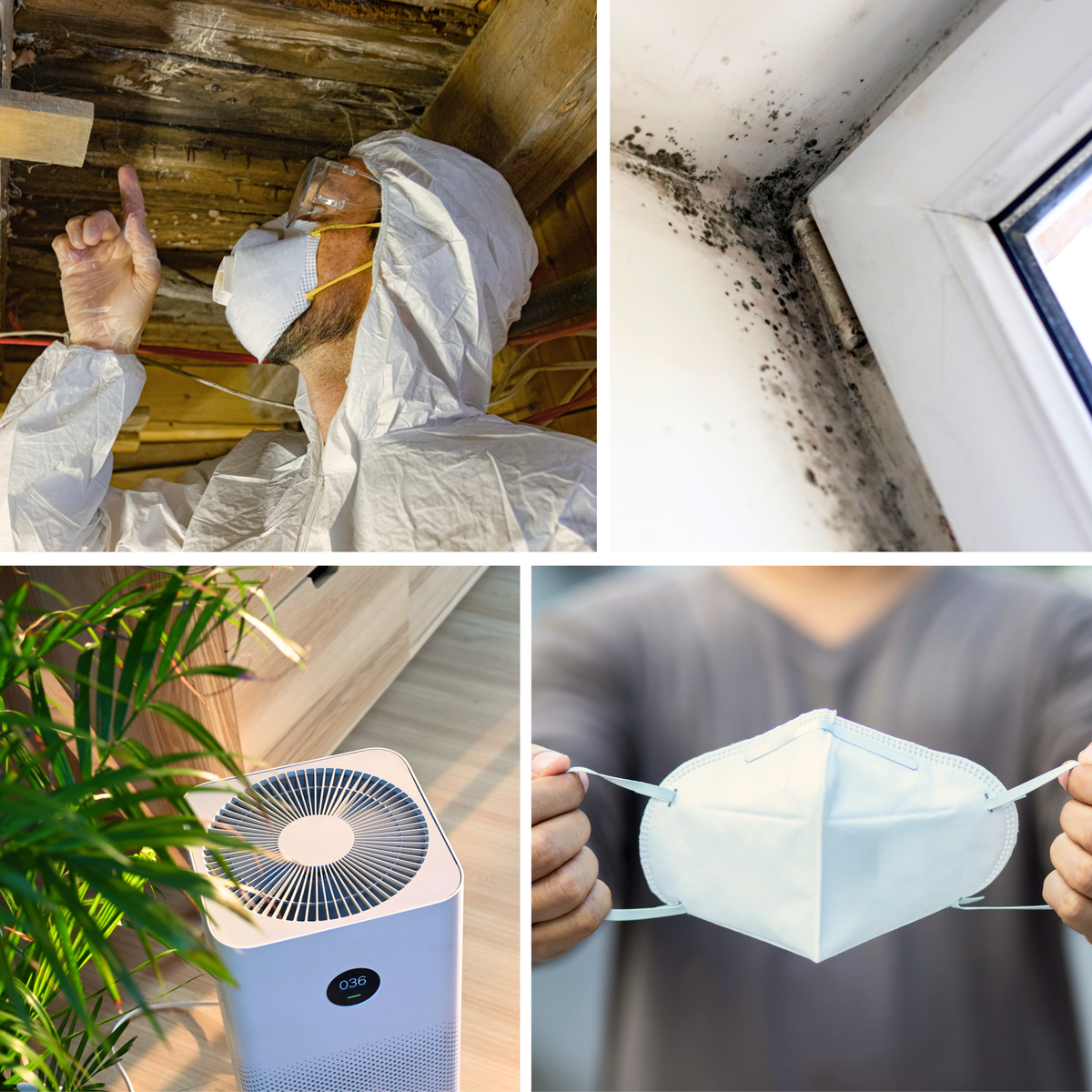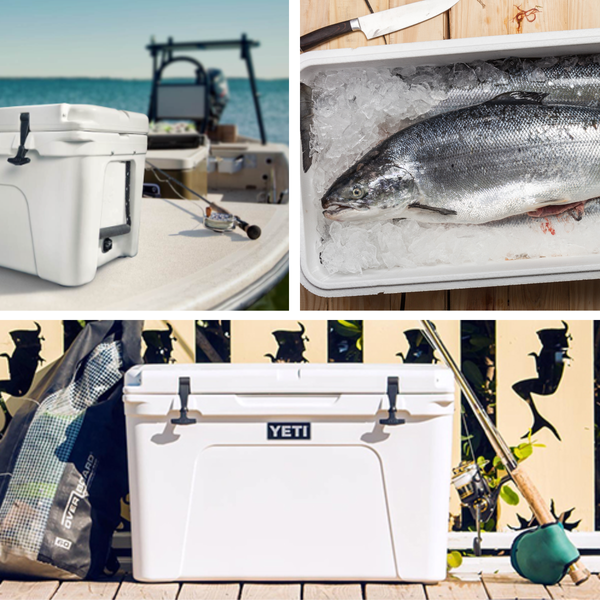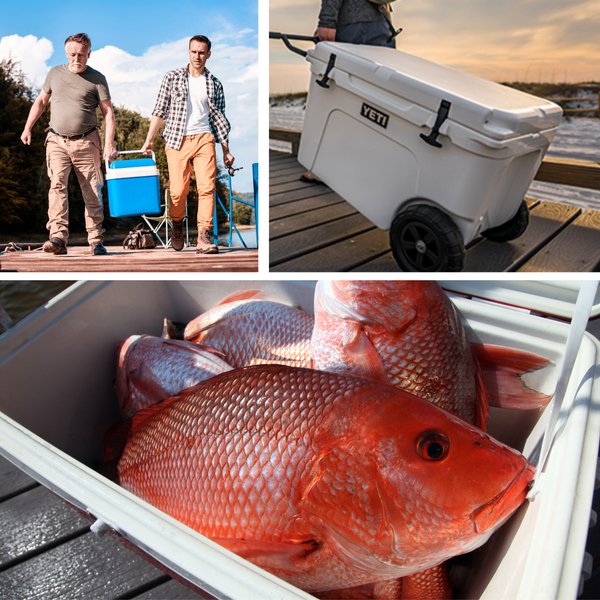Mold can be a silent but dangerous presence in our homes, causing health issues and damaging property. Many homeowners and renters turn to air purifiers as a potential solution, but can these devices truly combat mold? This comprehensive guide will explore the effectiveness of air purifiers against mold and provide insights into the best practices for maintaining a mold-free environment.
Key Takeaways:
- Air purifiers equipped with HEPA filters can capture mold spores from the air, reducing their spread.
- Not all air purifiers are effective against mold; it's crucial to choose one with the right features.
- To prevent mold growth, it's important to address the root causes, such as high humidity and poor ventilation, in addition to using an air purifier.
Understanding Mold and Its Impacts on Health
Mold is a type of fungus that thrives in moist environments. It reproduces by releasing spores into the air, which can be inhaled, leading to health problems such as allergies, asthma, and other respiratory issues. The presence of mold can also emit microbial volatile organic compounds (MVOCs), which are responsible for the musty odor associated with mold growth.
The Role of Air Purifiers in Combating Mold
Air purifiers are designed to improve indoor air quality by removing airborne particles, including dust, pollen, pet dander, and, yes, mold spores. The key to their effectiveness lies in the type of filters they use. True HEPA air filters are capable of trapping mold spores, preventing them from settling and proliferating on surfaces.

HEPA Air Purifiers: A Closer Look
HEPA stands for High Efficiency Particulate Air. True HEPA air purifiers are capable of capturing 99.97% of particles as small as 0.3 microns. Since mold spores range from 1 to 30 microns in size, a true HEPA air filter is an excellent defense in removing mold spores from indoor air.
Activated Carbon Filters: An Additional Defense
While HEPA filters capture airborne particles, activated carbon filters absorb gases and odors, including those produced by mold. Many air purifiers combine a HEPA filter with an activated carbon filter to address both particulate and gaseous pollutants.
Air Purifiers and Mold Spores: The Capture Process
Air purifiers work by pulling air through a series of filters. As air passes through a HEPA filter, mold spores are trapped, effectively reducing the number of airborne mold particles. This process can help alleviate allergy symptoms and prevent the spread of mold in your home.
Not All Air Purifiers Are Created Equal
When shopping for air purifiers for mold, it's important to note that not all air purifiers are equipped to handle mold spores. Some may lack the necessary HEPA or activated carbon filters, making them less effective. It's crucial to research and select air purifier brands that specifically target mold.
The Importance of Air Flow in Air Purification
The effectiveness of an air purifier also depends on its air flow capacity. The clean air delivery rate (CADR) measures how well an air purifier can clean the air within a particular room size. A higher CADR indicates a more efficient air purifier, which is essential for trapping mold spores effectively.

Room Air Cleaner or Whole-House Solution?
Deciding between a room air cleaner and a whole-house air purifying system depends on the extent of your mold problem. Room air cleaners are suitable for localized issues, while whole-house systems integrated with air conditioning systems can provide a more comprehensive solution.
UV Light: Can It Kill Mold Spores?
Some air purifiers incorporate UV light to kill bacteria and viruses. However, the effectiveness of UV light against mold spores is debated. While it may damage mold DNA, it's not always sufficient to kill mold spores, which is why a combination of UV light and HEPA filtration is often recommended.
Photo Catalytic Oxidation: Advanced Mold Fighting Technology
Advanced air purifiers may use photo catalytic oxidation (PCO), a process that uses UV light and a catalyst to create oxidizers that can neutralize mold spores and other organic pollutants. This technology can be effective but is typically found in higher-end models.
Air Quality Sensors: Smart Technology for Mold Detection
Modern air purifiers often come with air quality sensors that detect the presence of airborne particles, including mold spores. These sensors can adjust the fan speed automatically to ensure optimal air filtration when mold spore levels are high.
Remote Control and Smart Features
Convenience is key in maintaining improved air quality. Many air purifiers now offer remote control options and smart features that allow users to monitor and adjust settings easily, ensuring that the air purifier is always working efficiently to capture mold spores.
The Role of Humidity in Mold Growth
Mold thrives in high humidity environments. To prevent mold growth, it's essential to keep indoor humidity levels below 50%. Air purifiers do not regulate humidity, so using a dehumidifier in conjunction with an air purifier is a proactive approach to mold prevention.

Ventilation: A Critical Factor in Preventing Mold
Proper ventilation is crucial in preventing mold. Outdoor air can help dilute indoor pollutants, including mold spores. Ensuring that your home has adequate ventilation, through the use of exhaust fans or by opening windows, can significantly reduce mold risk.
Air Ducts: The Hidden Highways for Mold
Air ducts can harbor mold spores and distribute them throughout your home. Regular cleaning of air ducts, along with the use of air purifiers, can help minimize the presence of mold in your HVAC system and improve overall indoor air quality.
Choosing the Best Air Purifier for Mold Remediation
When it comes to selecting the best air purifier to tackle indoor mold issues, it's essential to consider units equipped with a true HEPA filter. These filters are rigorously tested and certified to capture at least 99.97% of particles as small as 0.3 microns, which includes the majority of mold spores.
A true HEPA air purifier not only traps mold spores but also helps reduce the overall particulate matter in your indoor environment, contributing to cleaner and healthier air.
Moreover, the effectiveness of an air purifier in managing mold is significantly enhanced when combined with an air quality sensor. These sensors can detect the concentration of mold spores and other pollutants in real-time, allowing the purifier to adjust its fan speed and filtration power accordingly.
This smart feature ensures that your living space maintains optimal air quality, reducing the risk of mold exposure and the health issues that come with it.
The Significance of Maintenance in Mold Control
Regular maintenance of your air purifier is crucial in the fight against indoor mold. Most air purifiers require periodic filter changes to maintain their efficiency. A clogged or old filter can not only reduce the purifier's effectiveness but also potentially release trapped mold spores back into the air.
It's recommended to follow the manufacturer's guidelines on filter replacement to ensure that your purifiers help with mold consistently and effectively.
In addition to maintaining the purifier itself, it's important to address air duct cleanliness. Mold can often reside and proliferate within HVAC systems, spreading spores throughout your home every time the system is in use.
Regular cleaning and inspection of air ducts can prevent this issue, complementing the work of your air purifier and keeping your air clean. By combining these maintenance practices, you can create a robust defense against mold and its associated health risks.
Toxic Mold: Understanding the Risks
Toxic mold, such as toxic black mold (Stachybotrys chartarum), produces toxins that can be harmful when inhaled. While air purifiers can help reduce the number of mold spores in the air, they cannot eliminate the toxins produced by mold. Addressing the source of the mold is essential for safety.

Mold Allergies and Air Purifiers: Relief for Sufferers
For individuals with mold allergies, air purifiers can provide significant relief by reducing exposure to airborne mold spores. This can lead to fewer allergic reactions and a more comfortable living environment.
Airborne Pollutants: Not Just Mold
Air purifiers are effective against a wide range of airborne pollutants, not just mold. They can capture smoke particles, dust mites, and other microscopic particles, making them a versatile tool for improving indoor air quality.
Indoor Pollutants vs. Outdoor Air: The Balance
While outdoor air can introduce new pollutants, it's generally cleaner than indoor air, which can be up to five times more polluted. Balancing the introduction of outdoor air with the filtration capabilities of air purifiers is key to maintaining healthy indoor air quality.
Airborne Contaminants and Health: The Connection
Exposure to airborne contaminants, including mold spores, can lead to health issues. Air purifiers help reduce the concentration of these contaminants, potentially decreasing the risk of respiratory problems and other health concerns.

Airborne Spores and Surface Growth: The Link
While air purifiers can capture airborne spores, they do not address mold growth on surfaces. It's important to clean and remove existing mold from surfaces to prevent further spore production and ensure a comprehensive approach to mold control.
Smoke Particles and Mold: The Dual Threat
In homes where smoking occurs, the combination of smoke particles and mold can exacerbate health problems. An air purifier with both HEPA and activated carbon filters can effectively reduce both types of pollutants.
Allergy Symptoms and Air Purifiers: Easing the Burden
By reducing the number of airborne mold spores, air purifiers can help alleviate allergy symptoms, providing a more comfortable environment for those with mold sensitivities.
Microscopic Particles: The Invisible Enemies
Mold spores are among the many microscopic particles that can pollute indoor air. Air purifiers with true HEPA filters are designed to capture these tiny particles, ensuring cleaner, healthier air.
Preventing Mold Growth: A Holistic Approach
Using an air purifier is just one part of a comprehensive strategy to prevent mold growth. Addressing issues like leaks, high humidity, and poor ventilation is equally important to create a mold-resistant environment.
Harmful Particles and Toxins: Beyond Mold Spores
Mold spores are not the only harmful particles that can affect indoor air quality. Toxins produced by mold and other sources can also pose health risks. Air purifiers help reduce the overall burden of these pollutants.

Fan Speed and Filtration Efficiency
The fan speed of an air purifier affects how quickly air is cycled through the filters. A higher fan speed can increase filtration efficiency, which is particularly important when dealing with mold spores.
Remote Control: The Convenience Factor
The ability to control an air purifier remotely can make it easier to maintain consistent air quality, especially in response to changes in mold spore levels or other pollutants.
High Humidity and Mold: The Direct Correlation
High humidity levels provide the perfect breeding ground for mold. Using a dehumidifier in conjunction with an air purifier can help keep humidity in check and reduce the likelihood of mold growth.
Allergic Reactions to Mold: How Air Purifiers Can Help
For those who suffer from mold allergies, air purifiers can play a crucial role in minimizing allergic reactions by reducing exposure to mold spores in the air.
Summary
Air purifiers can be a valuable tool in the fight against mold, particularly when equipped with true HEPA filters and activated carbon filters. They work by capturing airborne mold spores and reducing the spread of mold in the home. However, it's important to remember that air purifiers are part of a larger mold prevention strategy that includes controlling humidity, improving ventilation, and cleaning existing mold from surfaces. By understanding the capabilities and limitations of air purifiers, homeowners can make informed decisions to protect their indoor air quality and health.
FAQ Section
Q: Can an air purifier completely eliminate mold in my home?
A: No, an air purifier can help reduce airborne mold spores, but it cannot eliminate mold growth on surfaces or address the root causes of mold. It should be used as part of a comprehensive mold prevention strategy.
Q: What type of air purifier is best for mold?
A: The best air purifiers for mold are those that feature true HEPA filters, which can capture mold spores, and activated carbon filters, which can absorb mold-related odors. Some models also include UV light or PCO technology for added effectiveness.
Q: How often should I replace the filters in my air purifier to keep it effective against mold?
A: The frequency of filter replacement varies by model and usage, but generally, HEPA filters should be replaced every 6 to 12 months, and activated carbon filters every 3 to 6 months. Always follow the manufacturer's recommendations for optimal performance.










